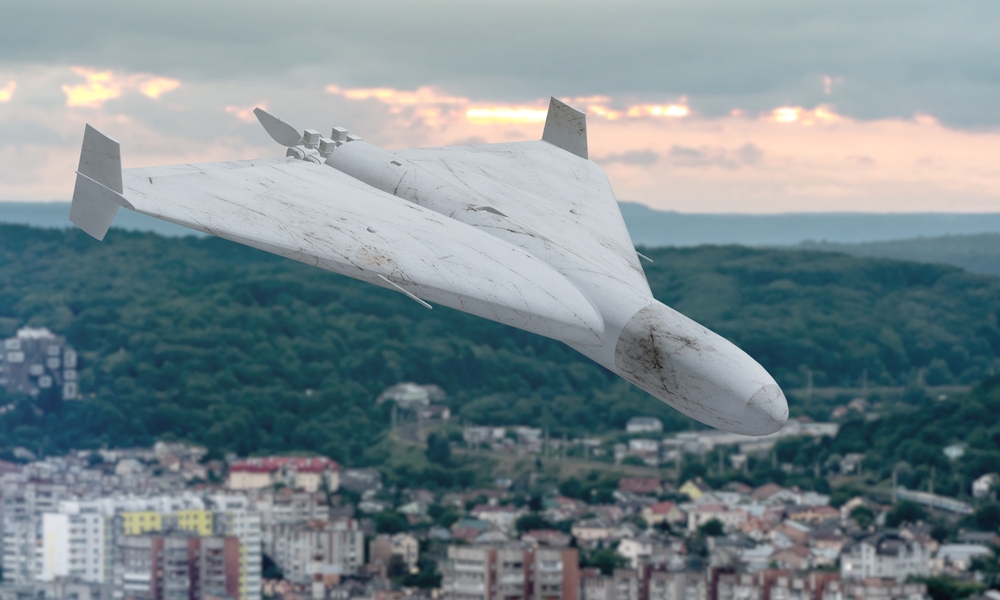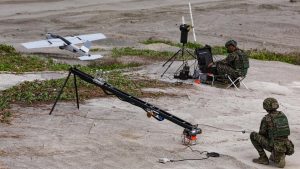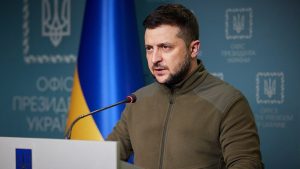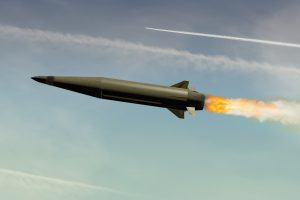Mysterious Drone Sightings in Germany Suggest Growing Russian Technological Advantage
Others are reading now
Modern warfare is defined by constant technological adaptation. As one side develops new defenses, the other works to counter them.
The latest incidents in Europe suggest that Russia may have gained an edge in electronic warfare, exposing potential weaknesses in NATO’s security measures.
Russian Drones Evade Jamming in Germany
A recent report from the German newspaper Süddeutsche Zeitung revealed multiple sightings of unidentified drones near a military base in Schwesing, northern Germany. Between January 9 and 29, drones were observed near the site, where Ukrainian troops were training on Patriot air defense systems.
Despite deploying electronic jamming systems, German forces were unable to disrupt the drones. This suggests that Russia has developed advanced UAVs resistant to traditional countermeasures, a growing concern among Western analysts.
Also read
According to Business Insider, German military officials confirmed the incidents but provided no further details, citing security concerns. Prosecutors have opened an investigation, while NATO has not issued a public response.
Pattern of Russian Drone Activity in Europe
This is not the first instance of suspicious drone activity near Western military installations. In December, U.S. military officials reported drone sightings near Ramstein Air Base in Germany.
Around the same time, Der Spiegel documented similar occurrences near defense industry sites, including a Rheinmetall weapons factory supplying arms to Ukraine.
In November, drones were spotted near four U.S. military bases in the United Kingdom. Analysts believe these incidents could be part of a Russian espionage campaign, testing NATO’s vulnerabilities.
NATO’s Growing Challenge in Drone Warfare
Electronic warfare has become a key battleground in Ukraine, where both Russia and Ukraine use drones for surveillance and attack operations. As countermeasures evolve, so do drone technologies, with some systems now relying on fiber-optic cables instead of radio signals to avoid jamming.
Clayton Swope, a senior analyst at the Center for Strategic and International Studies, warned that NATO is only beginning to address this emerging threat. Directed-energy weapons, such as lasers, could be a potential solution, but large-scale deployment remains a logistical and legal challenge.
Meanwhile, Russia appears to be refining its drone capabilities based on battlefield experience in Ukraine. The Institute for the Study of War noted that NATO must urgently enhance its defenses to keep pace with these developments.
As reported by Digi24, the increasing effectiveness of Russian drone technology raises serious questions about the preparedness of Western militaries.







